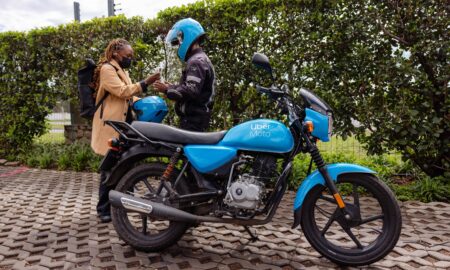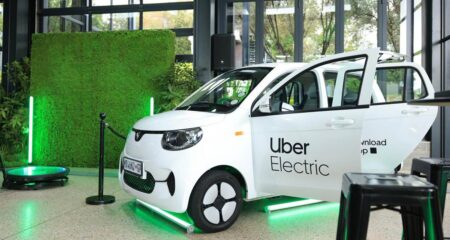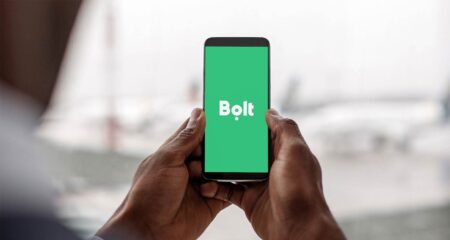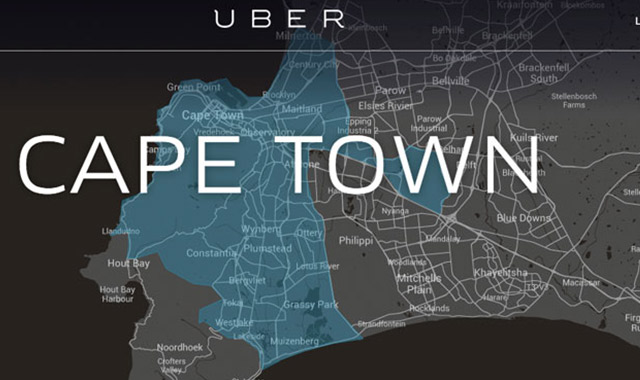
Internet ride-sharing app Uber is raising its South African fares back to their old rates just two months after the company initiated its winter price cuts.
On 7 April this year, the smartphone app cut fares on its cheaper UberX option in Cape Town, Johannesburg and Durban by up to 20% for the quieter winter period.
At the time, Uber said its price cuts were designed to boost demand and the company promised to implement minimum payment guarantees for its driver-partners.
But on the evening of 6 April, at least 50 Uber partner drivers headed to the company’s Green Point office in Cape Town to raise their concerns about the move.
Upon activation of the price cut, several Uber driver-partners complained of lower earnings and longer hours. One driver said that his earnings dropped about 20% while his costs remained the same.
And Uber — which has grown to 4 000 driver-partners in South Africa since launching locally in 2013 — has now admitted that its price cuts didn’t work out for its driver-partners.
“In April we cut prices to encourage more riders to use Uber. At the time we promised that if those price cuts didn’t work out for drivers — because they weren’t busy enough and therefore earning more — fares would go back up,” an Uber spokesman said in an e-mailed statement.
“Today we are keeping that promise and raising prices back to the original fares. We believe drivers will earn more as a result of these changes,” the company added.
The Internet ride-sharing app’s reversal of its price cut was “inevitable”, said Arthur Goldstuck, MD of local technology research firm World Wide Worx.
“The intention behind the price reduction was always purely promotional, and Uber telegraphed long in advance that it would revisit pricing when the promotional period ended,” Goldstuck said.
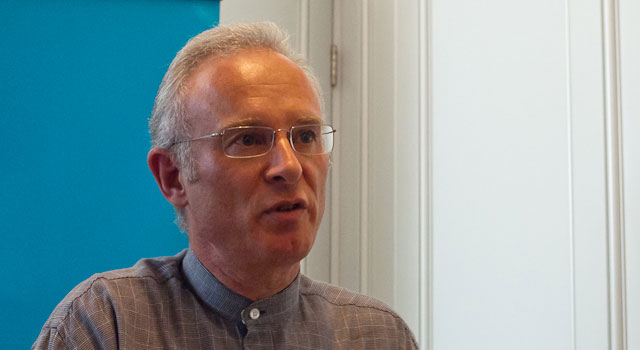
“The reality is that lower prices didn’t result in a surge of bookings, meaning that both Uber and the drivers would have been disappointed. Less well known is that Uber underwrote the losses the drivers suffered, so ultimately it didn’t affect drivers as much as a straight price reduction would have.”
The return to normal pricing could also suggest that, for now, Uber has saturated the local market, Goldstuck said.
“However, it is also commonly accepted that most South Africans using Uber regularly are not habitual taxi users, meaning Uber has created a new market in this country. This market is likely to continue growing steadily, on the back of convenience and utility rather than pricing,” Goldstuck added.
US price cut reversals
Uber has previously reversed similar winter price cuts in several US cities, according to a blog post from the company in January 2016 .
“Of course, it doesn’t always work as we had hoped,” wrote the company in January.
“Last year, for example, earnings fell in some cities and we changed back. In Charlotte, for example, we pulled a 40% price cut back to 29%, and earnings for drivers grew by nearly 20% in 2015.
“And in two cities, including Seattle, we ended up reversing the price cuts entirely when it became obvious that prices were already low enough. Earnings have remained stable since,” said Uber.


